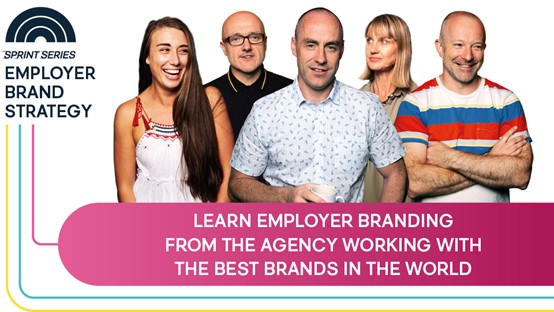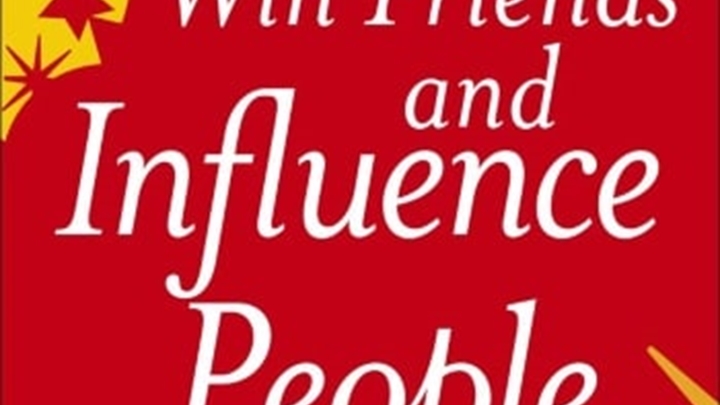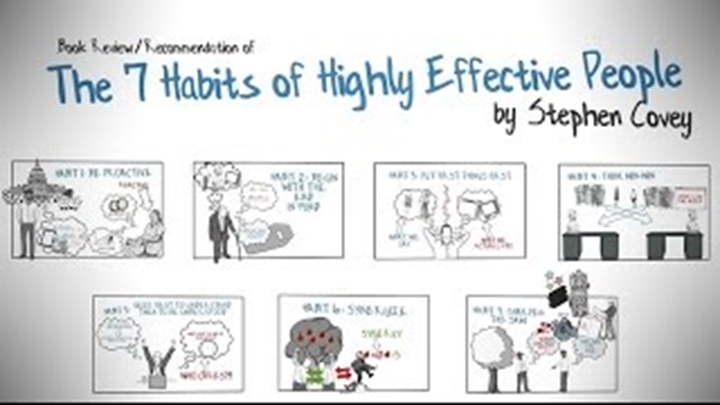Conquering Obstacles in Employer Branding: Strategies from Ryan Holiday
3 min read.Whether you’re struggling to get stakeholder buy-in, outpaced by competitors, battling a lack of enthusiasm and engagement, or trying to locate your second wind after the initial spark of the launch has fizzled, all is not lost…
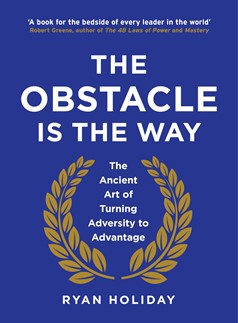
For part three of business books in translation, we’re delving into Ryan Holiday’s best-seller, The Obstacle is the Way. Based on the ancient philosophy of Stoicism, the book outlines a framework on how to find not only acceptance of, but triumph over your adversities.
His title comes from the words of the great Roman Emperor, Marcus Aurelius, who once wrote:“The impediment to action advances the action. What stands in the way becomes the way.”
‘We might not be emperors,’ Holiday writes, ‘but the world is still constantly testing us. It asks: Are you worthy? Can you get past the things that inevitably fall in your way? Will you stand up and show us what you’re made of?’
If you’ve spent more than five minutes in Employer Branding, you know that it’s a complex job. Getting buy-in can be frustratingly slow and maintaining momentum and alignment with campaigns presents a host of potential setbacks at every stage.
To any leader who may be contending with one or more of their own obstacles right now, these mindset tips are for you.
According to Holiday, the challenges we encounter are not just an inevitable part of the process, they each have unique purpose in bettering or teaching us something valuable.
He writes: “Overcoming obstacles is a discipline of three critical steps. It begins with how we look at our specific problems, our attitude or approach; then the energy and creativity with which we actively break them down and turn them into opportunities; finally, the cultivation and maintenance of an inner will that allows us to handle defeat and difficulty.”
Let’s break down these steps a little further.
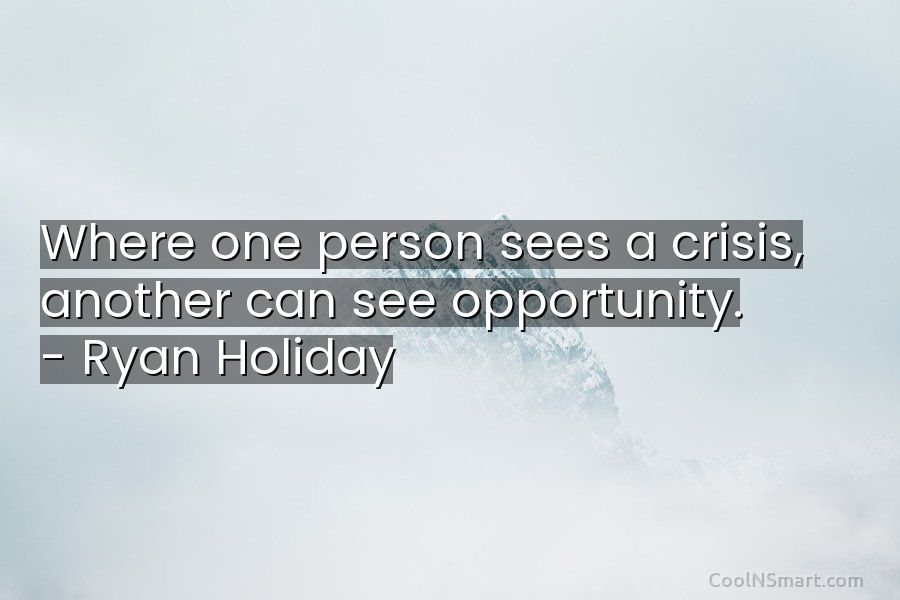
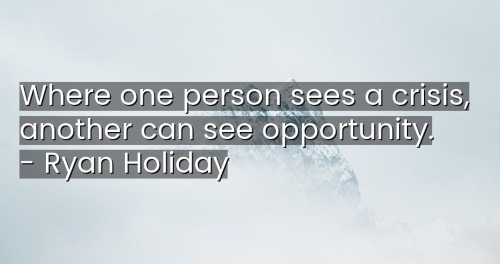
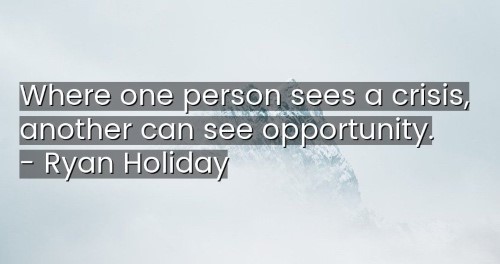
3 Steps to Overcome Any Obstacle
1: (Perception) Call a Spade a Spade
Have you ever wondered why you are often better at helping with your friends’ issues than your own? It’s because problems that belong to others are further removed from us, from our emotions and judgements, giving us space to be logical and dispassionate.
This, to Holiday’s mind, is exactly the perception we need to approach obstacles effectively.
We’re all guilty of blowing up the seriousness of our problems in our heads. C-Suite presentations are an anxiety-fuelled obligation; KPIs serve to punish you for poor ideas; a declining Employer Brand means you’ve failed, etc. We fail to remember that bad things are only as bad as the meaning we attach to them.
Holiday notes: “Marcus Aurelius had a version of this exercise where he’d describe glamorous or expensive things without their euphemisms – roasted meat is a dead animal and vintage wine is old, fermented grapes.”
The first step to overcoming any obstacle is to moderate your perception of it, shrink it down to its objective size.
C-Suite presentations are an opportunity to talk through your research. KPIs measure your impact, so you don’t drift through the process aimlessly. Employer brands decline so you can refresh and refine tired concepts. And so on.
What is the problem really? Before emotion comes in to play.
Step 2: (Action) Find your Best Course
Every obstacle has a weakness, but finding it takes creativity and perseverance. It necessitates open-mindedness and the courage to challenge your current plan of action.
Consider the story of David and Goliath. Goliath’s huge size was an advantage in close combat, but David recognised that with enough range, Goliath was as vulnerable as any ordinary man. Using this knowledge to his advantage, David, as we well know, slung a rock upside Goliath’s head and was able to defeat him and evade harm.
Take a moment to think about your current Goliath. What weakness are you not seeing? How might you alter your perception or rework your current approach to take advantage of it?
When VF Corporation (which comprises huge consumer brands like Vans and Dickies) challenged us to create a campaign to unite its vast workforce, it originally wanted a printed piece. But something wasn’t sitting right. VF had a strong stance on environmental sustainability that didn’t align with using vast amounts of paper. There was also the matter of measuring the impact on employees, which couldn’t be achieved with a PDF.
So, we didn’t make one.
(You can read more about that case study here.)
Our campaign with VF was a success, but it meant challenging the way we thought things would go. It meant reworking some ideas and abandoning others. It meant a change of approach.
While we may initially have felt restricted by concerns, they pushed us to see what was possible. The obstacle forced us to think harder and iterate for a better finished product. As a result, the campaign was far more impactful than it would have been had we not changed our course.
Step 3: (Will) Coping with Setbacks
Once you have the right perception of your challenge, and have chosen the best course of action, it is having strong will that enables you to persevere.
We’re no strangers to perseverance at Ph., having launched our cyber security talent ‘We are the Protectors’ campaign for BT in the throes of a global pandemic.
The fact is, success doesn’t come from your ability to avoid failure along the way, but from making a choice to learn from it, and use it to propel you forward.
As Holiday puts it: “It’s not just: How can I think this is not so bad? No, it is how to will yourself to see that this must be good – an opportunity to gain a new foothold, move forward, or go in a better direction. Not to “be positive” but learn to be ceaselessly creative and opportunistic.”
By learning to take failures on the chin, you’ll cultivate the resilience to see setbacks, challenges and obstacles for what they really are – a necessary and productive part of the process.
And one more thing…
At Ph. we have a saying: ‘Love the struggle’. Not because we’re gluttons for punishment, but because in life, struggle is ubiquitous. It’s also usually what makes things worthwhile. After all, what is a story without conflict? What is a heroic journey without adversity or a dragon to slay? The answer is: not worth the price of your Odeon ticket.
So, the best course of action is to appreciate the necessity of your obstacles, face them head on and, where you can, turn them into a launching pad for success.
